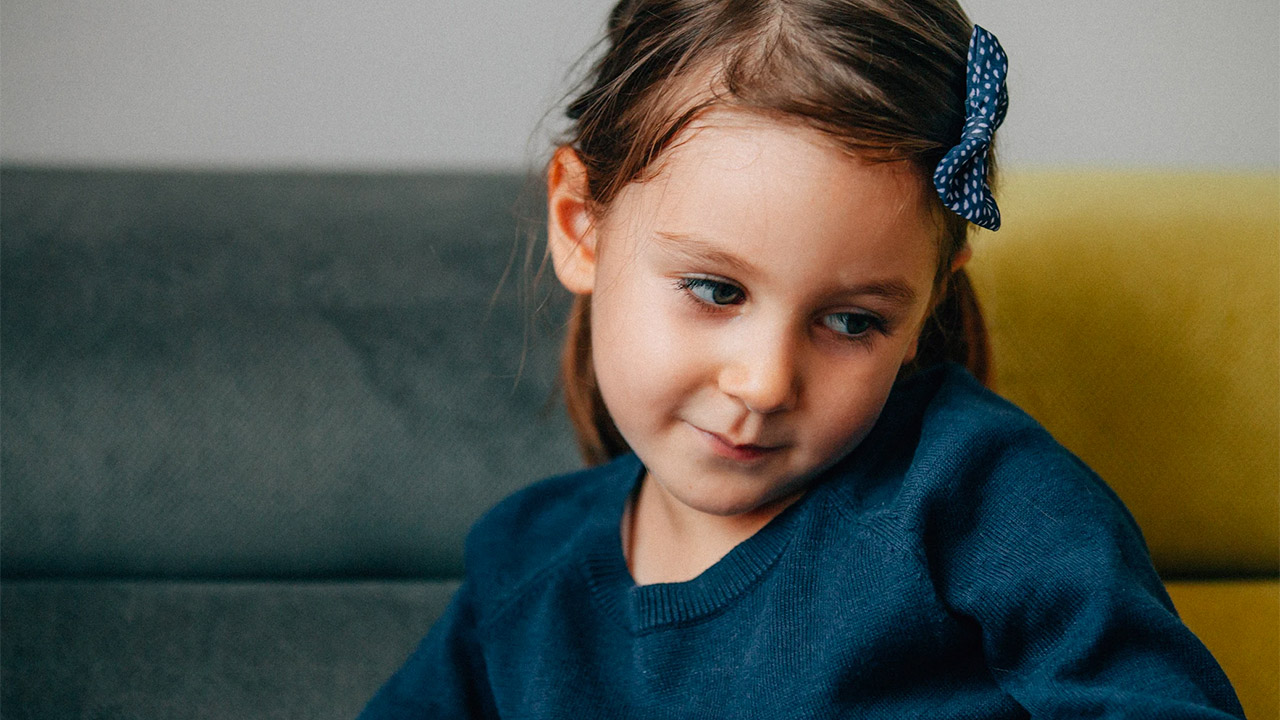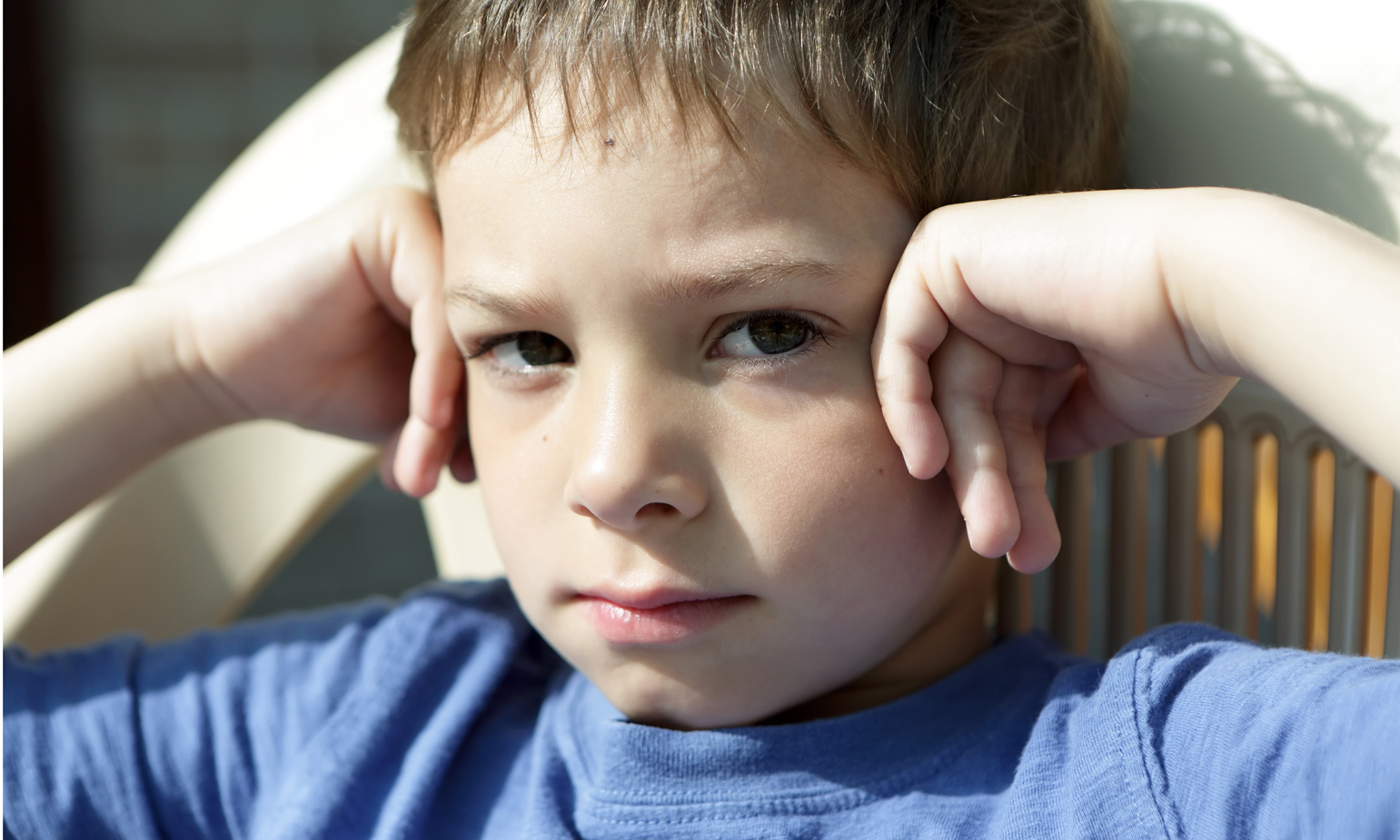How To Teach My Baby To Make Eye Contact
When you talk to him or when he talks to you make sure you look him directly in the eyes. This encourages eye contact and is great vestibular sensory input.

Infant Sleep Training How To Put A Baby To Sleep Happiest Baby
How much do you look at your baby.

How to teach my baby to make eye contact. If he wants a toy say look in my eyes so that he better understands the relationship between his request and your ability to fulfill it. Take advantage of those brief moments when your newborns eyes are open and look right into them. Another way is to teach them to play peek a boo with a baby.
How to teach your child to make eye contact. Look in my eyes make sure your child establishes eye contact when he asks for something. Role play with your child.
The mistake that autism advocates especially the ones that are autistic themselves often make is assuming that their experience is the only one. Heres how you encourage your toddler or older child to improve his eye contact when talking to others. That because they find it easy to concentrate without eye contact and hard to actually make eye contact that anyone that teaches their kids to make eye contact is tormenting them and harming them.
6 ways to improve your eye contact skills talking to a group when talking to a group of people it is great to have direct contact with your listeners. Teach your toddler how to improve his eye contact by modeling good eye contact yourself. Your baby will hit cool new milestones all year but usually eye contact will be the first major one you notice.
Talk about how that felt to your child. Ask them to entertain a baby this way and they will be rewarded by smiles and squeals from the baby. Know what to developmentally expect from your child.
Somewhere between six and eight weeks is when most babies make eye contact for the first time. Watch tv together and point out to him characters in shows as they make eye contact. Do you hold eye contact with your child during a normal.
By doing this youre teaching him the critical link between communication and focus. Dont make the mistake of maintaining eye contact with just one person as this will stop the other members of the group from listening. Another approach is to teach him to focus on a spot between someones eyes if that is more comfortable for him.
Placing a colored dot in between your eyes is a good way to teach this skill. Push them on a swing stand in front of them while pushing them on a swing. Let him say hi to you while you respond by looking off to the side and quietly muttering a greeting.
If you stare at the television or computer while talking to him he may think it isnt necessary to look people in the eye when he communicates. Practice eye contact by giving it yourself. Eye contact may seem like a small milestone but it shows that your babys brain development is on track.
Train eye contact at the same time you train basic. An adult client of mine had trouble maintaining eye contact. Infants recognize faces early on and yours is the most important.

19 Simple Ways To Make Your Baby Smarter Stuff Co Nz

Shyness Babies And Children Raising Children Network

Your 13 Month Old S Language And Cognitive Development Can We

Bonding And Attachment Newborns Raising Children Network

19 Simple Ways To Make Your Baby Smarter Stuff Co Nz

How Bath Time Can Help Healthy Baby Hot Mama In The City

1 Month Old Baby Development Child Development Stages Emma S Diary

Good Communication With Children Tips Raising Children Network

Reactive Attachment Disorder Rad And Other Attachment Issues